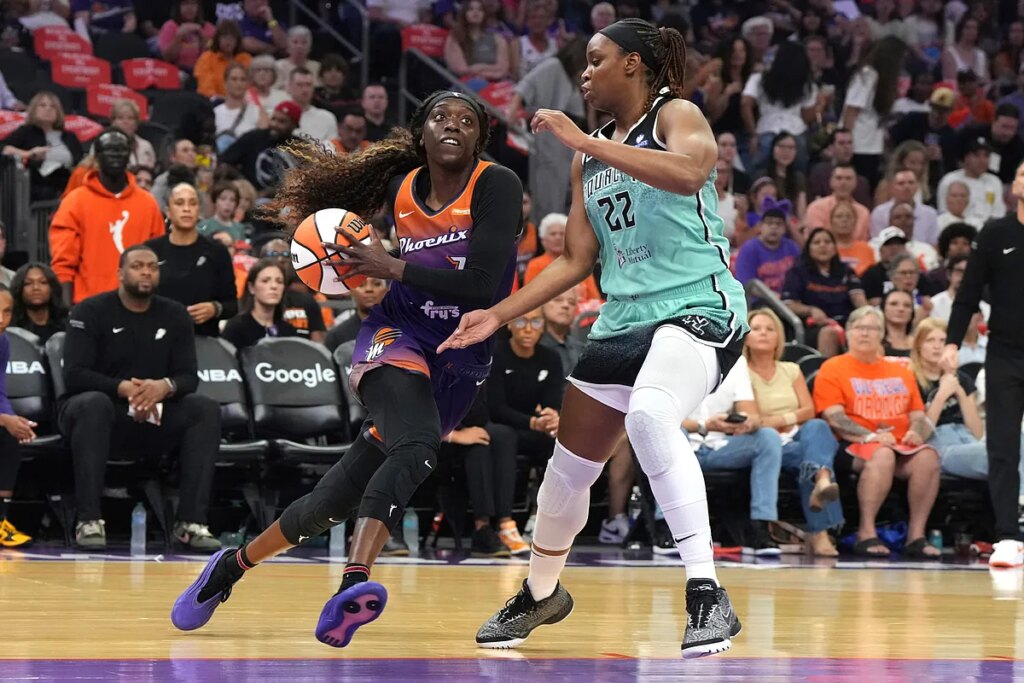As the WNBA continues to grow in popularity, the issue of postseason compensation has once again drawn attention to the league’s financial realities.
The playoff bonus system shows just how far apart the women’s and men’s leagues remain when it comes to financial incentives, with WNBA champions earning less than NBA players who are eliminated in the first round.
In the NBA, playoff runs are highly lucrative. Last year, the league set aside about $35 million for postseason and regular-season performance bonuses.
Teams with the best records received payouts worth hundreds of thousands of dollars before the playoffs even began, and once the postseason tipped off, the stakes rose sharply.
First-round teams split $466,000, semifinalists earned $568,000, and conference finalists took home nearly $1 million. By the Finals, the runner-up collected more than $3.8 million, while the champions shared an extraordinary $8.8 million prize.
For players, those amounts add up quickly. Factoring in multiple rounds, a player on an NBA title team can pocket over $800,000 in bonus money alone, on top of their regular salary and endorsement deals.
Even athletes on teams that exit early walk away with a respectable payout, often tens of thousands of dollars.
WNBA players see only a fraction
The WNBA‘s bonus structure is dramatically smaller. Only eight teams qualify for the postseason, and unlike the NBA, there are no additional incentives tied to regular-season records.
Players earn extra money only for advancing through rounds, but the totals pale in comparison to the men’s league.
Here is how the WNBA‘s postseason payouts break down:
First-round teams: $19,392 per roster
Semifinal teams: $37,476 per roster
Finals runner-up: $92,952 per roster
Finals champion: $249,900 per roster
With 12-player rosters, the math is sobering. Making the playoffs earns each player roughly $1,600.
Winning the championship brings the total postseason payout to about $33,000 per player. That means a title run in the WNBA delivers less financial reward than what NBA players receive just for reaching the first round.
The financial gap reflects the broader economics of the two leagues. The NBA generates billions annually through television deals, sponsorships, ticket sales, and international reach.
The WNBA, despite gaining traction with rising stars and record-setting viewership, still operates on a much smaller financial scale.
Read the full article here

